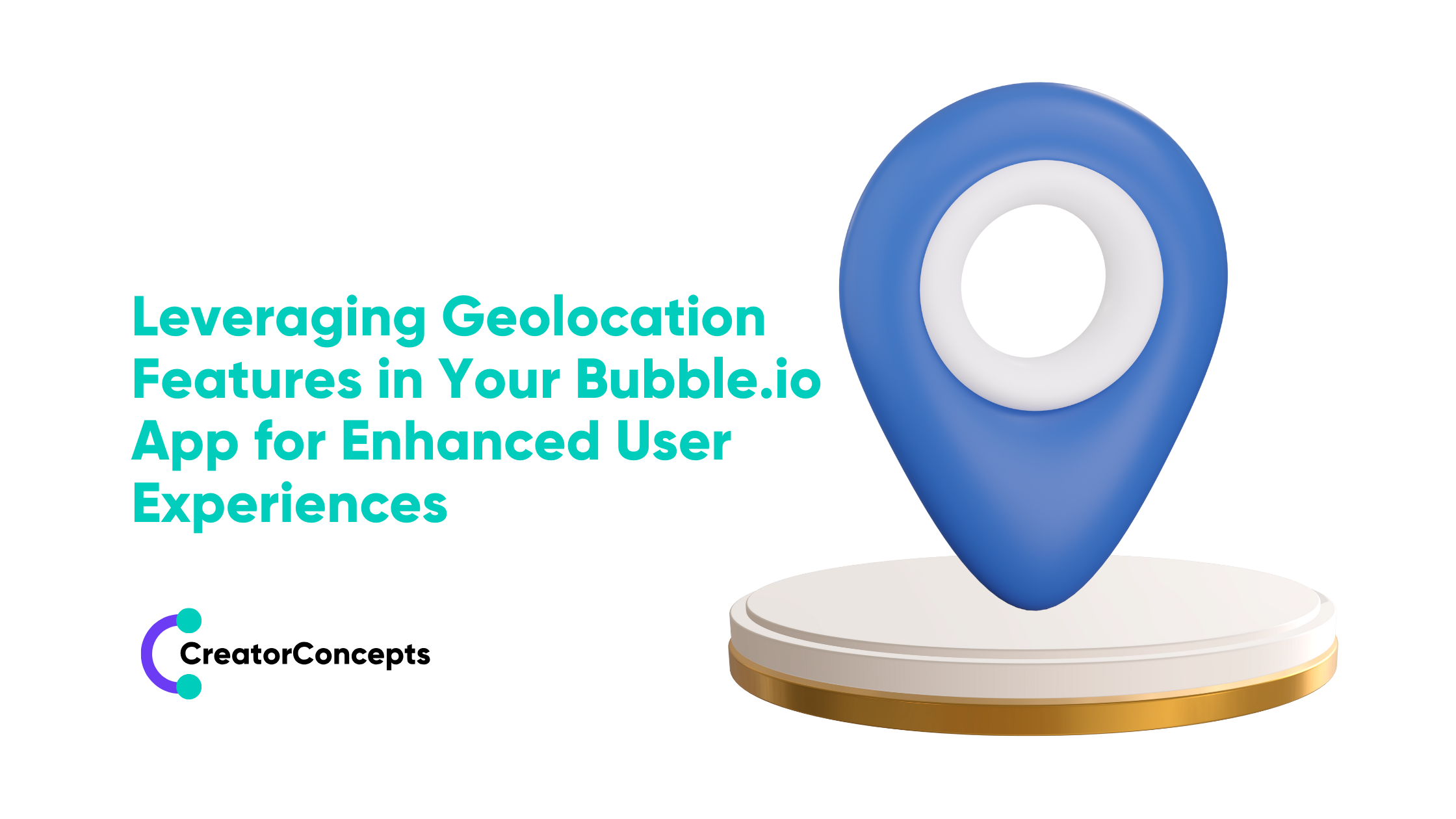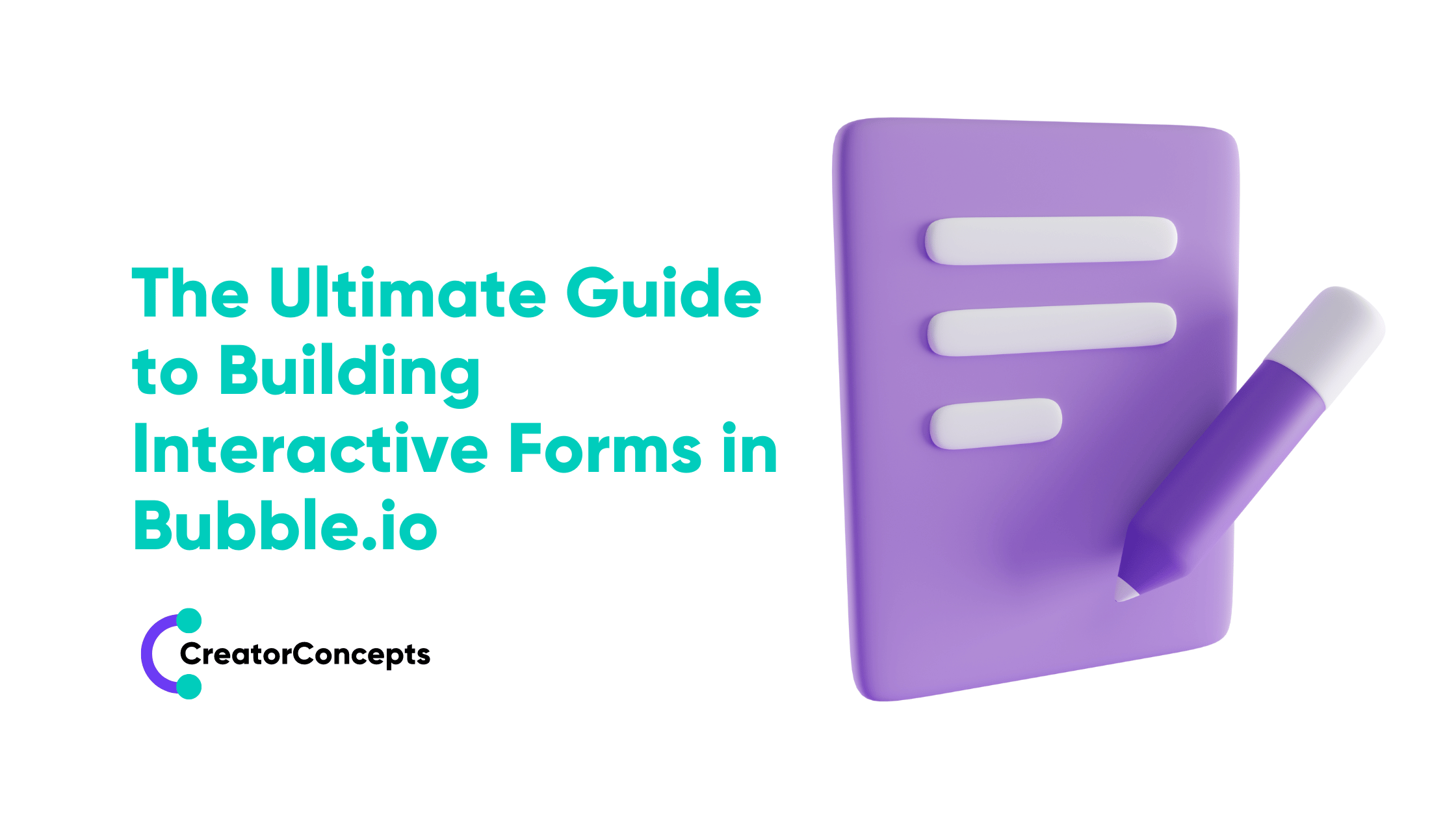Designing a Responsive UI for Bubble.io Apps: The Ultimate Guide
Introduction:
A responsive user interface (UI) is a vital aspect of any modern web or mobile app, ensuring consistent, impeccable user experience across various devices and screen sizes.
As we continue to experience exponential growth in digital usage and device diversity, crafting a responsive UI for your Bubble.io app can significantly enhance its appeal, usability, and adaptability to ever-changing user needs.
With Bubble.io’s powerful visual editor and versatile design tools, creating a responsive UI is more accessible than ever, empowering you to build aesthetically appealing, user-friendly apps that captivate and engage your audience.
In this comprehensive tutorial, we will guide you step by step in designing a responsive UI for your Bubble.io app, exploring crucial aspects such as flexible layouts, dynamic scaling, and breakpoint management.
Our expert insights, practical tips, and easy-to-follow methods will provide you with the knowledge and skills necessary to create an intuitive, visually stunning UI that amplifies your app’s capabilities. By mastering the art of responsive design in Bubble.io, you will elevate your app’s performance, appearance, and overall user experience.
CreatorConcepts Limited is committed to empowering creators and entrepreneurs like you to harness the true potential of Bubble.io's no-code app development platform. Our extensive library of tutorials, resources, and expert guidance is designed to support your journey towards building captivating digital experiences that elevate your venture's success.
Responsive UI design is a vital element in achieving this objective, and by following our detailed tutorial, you will be one step closer to transforming your Bubble.io app from ordinary to extraordinary.
Understanding the Fundamentals of Responsive UI Design
- Responsive Design Principles: Responsive UI design revolves around creating a seamless user experience across devices of varying screen sizes, resolutions, and orientations. It involves designing a flexible layout that adapts and reconfigures itself based on the device's screen dimensions, providing a consistent, visually appealing appearance.
Key Elements for a Responsive UI:
- Fluid grids and flexible layouts: Design your app's structure to resize and reposition elements dynamically based on the screen size.
- Responsive images and media: Ensure images and media scale appropriately to maintain an aesthetically pleasing appearance.
- Breakpoints and media queries: Set up specific screen size or orientation breakpoints to trigger design adjustments, ensuring a consistent user experience.
Crafting a Flexible Layout in Bubble.io
Designing with Containers and Groups:
- Utilize containers like groups or reusable elements in Bubble.io's visual editor to organize and nest related UI components.
- Set the container properties to either "fixed width" or "relative width" based on the desired responsiveness behavior. Opt for relative widths for fluid layouts that scale with the screen size.
Responsiveness Engine Settings:
- Bubble.io's built-in Responsiveness Engine allows you to define application-wide design settings that dictate how elements scale and reposition with screen size changes.
- Configure settings such as "Min Width", "Max Width", and "Margins" to ensure a consistent application design and structure across screen sizes.
Incorporating Responsive Images and Media
Utilizing Dynamic Image Scaling:
- When incorporating images in your Bubble.io app, ensure that they scale seamlessly in response to changes in screen size.
- Set the image element properties for width and height to be defined in percentages or relative values, allowing for dynamic resizing.
Responsive Video and Multimedia:
- Integrate video and multimedia elements in your responsive UI design by setting their width and height to be defined in relative units or percentages.
- Embed responsive iframes for third-party multimedia content and add CSS styles that scale your content, ensuring a consistent display across devices.
Breakpoints and Media Queries in Bubble.io
Working with Breakpoints:
- Breakpoints are predefined screen sizes or orientations that trigger different design behaviors or layouts to ensure an optimum user experience.
- Configure breakpoints within Bubble.io's Responsiveness Engine by defining "Hide When" conditions or using the "Collapse Margins When Width Is Less Than" settings to create adaptive layouts.
Implementing Custom Media Queries:
- While Bubble.io's built-in Responsiveness Engine handles much of the heavy lifting, implementing custom media queries can provide additional control and precision over your app's responsive behavior.
- To add custom CSS for media queries, use Bubble.io's HTML element or include custom CSS files within your app's settings.
Conclusion:
By mastering the principles of responsive UI design and effectively implementing them in your Bubble.io app, you will be well on your way to creating exceptional digital experiences.
A visually stunning, user-friendly interface ensures your app’s usability and success in today’s ever-evolving digital landscape.
With the techniques and best practices discussed in this tutorial, you can empower your Bubble.io app to captivate and engage your target audience, regardless of their device or screen size.
At CreatorConcepts Limited, we are dedicated to enabling creators like you to harness Bubble.io's full potential, offering an array of tutorials, resources, and expert guidance designed to help you build exceptional digital experiences. As you refine your responsive UI design skills, let CreatorConcepts Limited support you on your journey towards building remarkable digital solutions that transform your project from ordinary to extraordinary. Embark on your path towards mastering the art of responsive UI design for Bubble.io apps today!
 By
By


